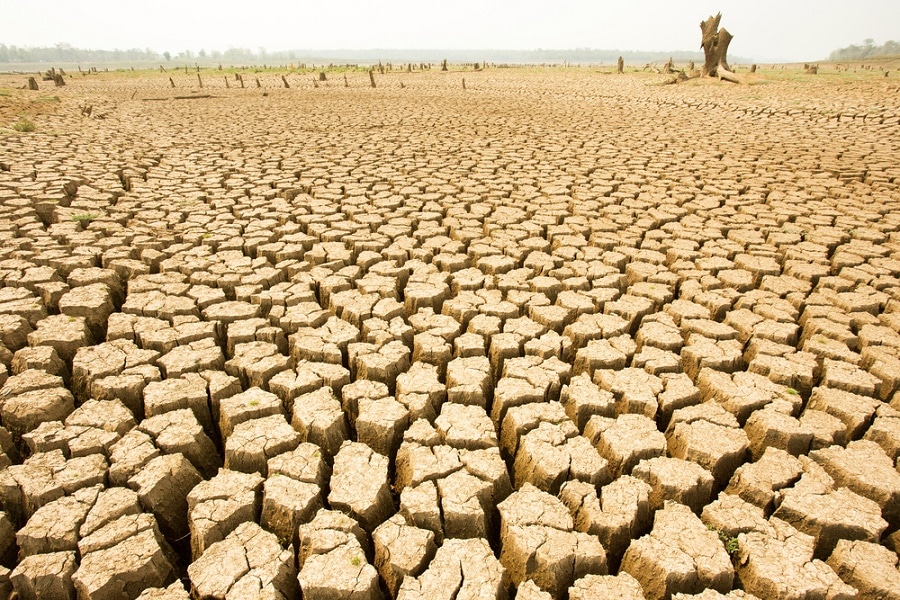Jun 22 2016
Scientists at James Cook University (JCU) have discovered a method to anticipate whether or not a mammal can survive a drought. A team of scientists, headed by Dr Tasmin Rymer from JCU, have created a template consisting of a number of important aspects that can influence the adaptability of an animal to conditions of drought. Some of these deciding factors are the environment and the animal’s psychology.
 Image Credit: thechatat | Shutterstock.com
Image Credit: thechatat | Shutterstock.com
Scientists are of the belief that the changes occurring in Earth’s climatic conditions at present are unprecedented in the history of the planet. Dr Rymer states that according to the scientists these unprecedented changes have the potential to lead to increase in the number and severity of droughts in the future.
So we developed a theoretical framework that allows researchers to estimate the likelihood that a species will be able to cope
Dr Tasmin Rymer, JCU
The “Adaptive Triquetra” model designed by the team takes into account major influencing factors such as decrease in the availability of food, limited availability of water and temperature. After this is done, the model studies the ability of an animal’s biological system in creating a response to the drought and its adaptability.
“We have provided a comprehensive suite of traits to consider when making predictions about species’ resilience to drought. It’s designed to help scientists assess the potential for a species or population to cope with increasing aridity,” she said.
Though the mechanism of the Adaptive Triquetra may sound simple, that is not the case. A lot of effort has to be put into the model, before it can efficiently assess the traits of various species. Dr Rymer has informed that the model, which is at a conceptual state at present, requires to be tested further. It however, promises to improve the field of wildlife management.
If you found a species was particularly vulnerable to water stress, such as in a drought, you might design a management plan that provides access to artificial water points. If you found a species was vulnerable to increased temperatures, you might provide subterranean shelters.
Dr Tasmin Rymer, JCU
Providing an instance where the model could have been used, Dr Rymer talks about an incident at a South African reserve. During the time of drought, the people in charge of the reserve had been under the impression that the animals were suffering due to the limited availability of water. But the reason for the suffering had been the lack of food that was the result of the authorities barring the vegetated areas near the artificial water pools within the reserve.
If they had dropped fences and spaced water sources widely apart, this would have promoted movement and foraging over a wider area. Our model may have suggested this course of action if it had been in use. Knowing which species are at risk and what stressors have the greatest impact allows for more effective management strategies to be put into place.
Dr Tasmin Rymer, JCU